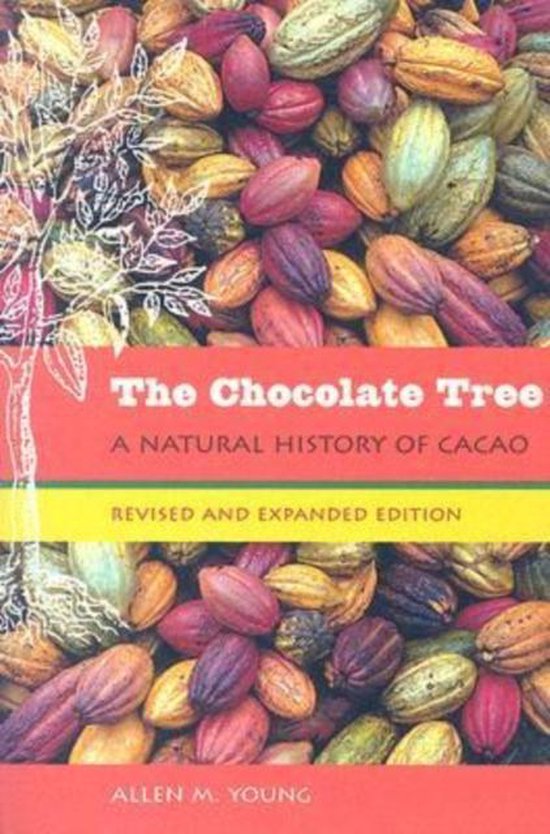
The Chocolate Tree
Provides an overview of the natural and human history of one of the world's most intriguing commodities: chocolate. This title explores its ecological niche, tracing cacao's journey out of the rain forest, into pre-Columbian gardens, and then onto plantations adjacent to rain forests. It also presents a history of the use of cacao.
Young provides an overview of the fascinating natural and human history of one of the world's most intriguing commodities: chocolate. Cultivated for over 1,000 years in Latin America, cacao beans have been used for beverages, as currency, and for regional trade. After the Spanish brought the delectable secret of the cacao tree back to Europe in the late 16th century, its seeds created and fed an insatiable worldwide appetite for chocolate. ""The Chocolate Tree"" chronicles the natural and cultural history of Theobroma cacao and explores its ecological niche. Tracing cacao's journey out of the rain forest, into pre-Columbian gardens, and then onto plantations adjacent to rain forests, Young describes the production of this essential crop, the environmental price of Europeanized cultivation, and ways that current reclamation efforts for New World rain forests can improve the natural ecology of the cacao tree. Young also presents a history of the use of cacao, from the archaeological evidence of Meso-america to contemporary evidence of the relationship between chocolate consumption and mental and physical health. A rich concoction of cultural and natural history, archaeological evidence, botanical research, and environmental activism, ""The Chocolate Tree"" offers an appreciation of the plant and the environment that provide us with this Mayan ""food of the gods.
Young provides an overview of the fascinating natural and human history of one of the world's most intriguing commodities: chocolate. Cultivated for over 1,000 years in Latin America, cacao beans have been used for beverages, as currency, and for regional trade. After the Spanish brought the delectable secret of the cacao tree back to Europe in the late 16th century, its seeds created and fed an insatiable worldwide appetite for chocolate. ""The Chocolate Tree"" chronicles the natural and cultural history of Theobroma cacao and explores its ecological niche. Tracing cacao's journey out of the rain forest, into pre-Columbian gardens, and then onto plantations adjacent to rain forests, Young describes the production of this essential crop, the environmental price of Europeanized cultivation, and ways that current reclamation efforts for New World rain forests can improve the natural ecology of the cacao tree. Young also presents a history of the use of cacao, from the archaeological evidence of Meso-america to contemporary evidence of the relationship between chocolate consumption and mental and physical health. A rich concoction of cultural and natural history, archaeological evidence, botanical research, and environmental activism, ""The Chocolate Tree"" offers an appreciation of the plant and the environment that provide us with this Mayan ""food of the gods.
| Auteur | | Allen M. Young |
| Taal | | Engels |
| Type | | Paperback |
| Categorie | | Mens & Maatschappij |